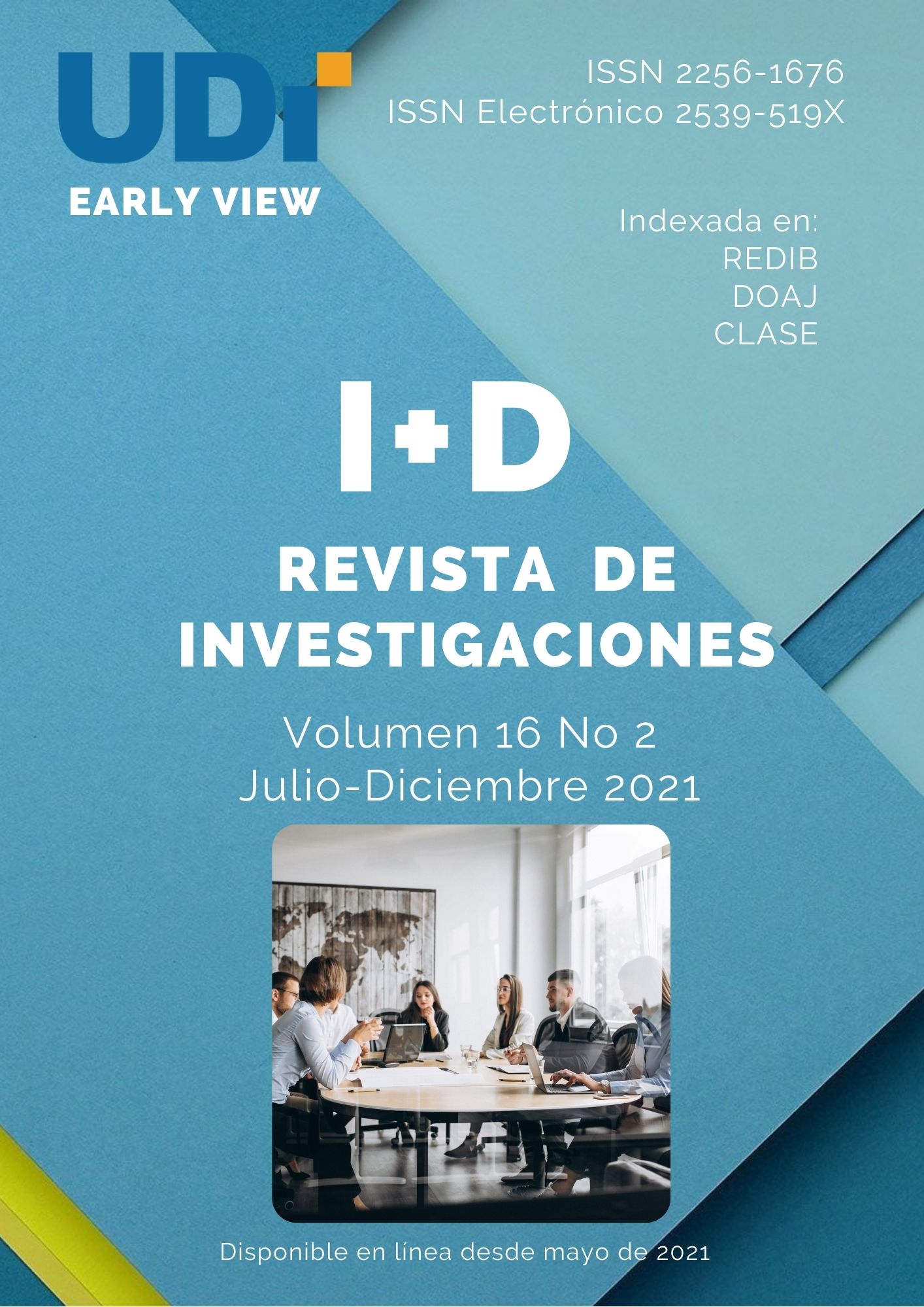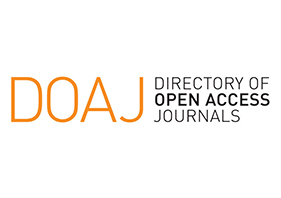Risk analysis in the pharmaceutical industry: Development of a standardized operating procedure in a pharmaceutical company in Costa Rica
DOI:
https://doi.org/10.33304/revinv.v16n2-2021008Keywords:
Risk analysis, FMEA, pharmaceutical industry, SOP, Quality Management SystemAbstract
The purpose of this study was to develop a standardized operating procedure for a pharmaceutical company in Costa Rica. In order to achieve that, an unstructured personal interview was done with the Quality Control manager. Subsequently, there was a research in different databases to learn about the analysis and management of risks and the use of the Failure Modes and Effects Analysis. On addition to that, the document related to its use was developed through the generation and revision of six different versions. Finally, 10 people from the company were trained. As a result, one of the elements that requires the most work for the implementation of the procedure is the adequate definition of the parameters of severity, probability of occurrence and probability of detection. Furthermore, the presence of people from different departments is necessary, since they provide a different perspective from which a given risk can be addressed.Downloads
References
Blackmore, A. (2004). The Myth of the SOP. The Quality Assurance Journal, 8(1), 3–12. https://doi.org/10.1002/qaj.258
Chang, K. H. (2015). A novel general risk assessment method using the soft TOPSIS approach. Journal of Industrial and Production Engineering, 32(6), 408–421. https://doi.org/10.1080/21681015.2015.1070375
Chaves Alvarado, R. (2005). ISO 9000 y el control de los documentos. Bibliotecas, 23(1). https://www.revistas.una.ac.cr/index.php/bibliotecas/article/view/447/
Chin, K. S., Chan, A., & Yang, J.-B. (2008). Development of a fuzzy FMEA based product design system. The International Journal of Advanced Manufacturing Technology, 36, 633–649. https://doi.org/10.1007/s00170-006-0898-3
Chobisa, D. (2019). QbD-Based Development of Pharmaceutical Parenteral Drug Products: An Overview. In Pharmaceutical Quality by Design (pp. 151–172). Science Direct. https://doi.org/10.1016/b978-0-12-815799-2.00009-5
Deselnicu, D. C., Negoita, O. D., & Purcarea, A. A. (2018). Risk Analysis for Performance Improvement in a Romanian Pharmaceutical Company. TEM Journal, 7(2), 319–323. https://doi.org/10.18421/TEM72-12
Dyadem Press. (2003). Guidelines for Failure Mode and Effects Analysis for Medical Devices (1 ed). CRC Press. https://n9.cl/k7mjy
Elahi, E. (2013). Risk management: The next source of competitive advantage. Foresight, 15(2), 117–131. https://doi.org/10.1108/14636681311321121
Fazle Rabbi, M. (2018). Assessment of Fuzzy Failure Mode and Effect Analysis (FMEA) for Reach Stacker Crane (RST): A Case Study. International Journal of Research in Industrial Engineering, 7(3), 336–348. https://doi.org/10.22105/riej.2018.140970.1050
García Aponte, O. F., Vallejo Díaz, B. M., & Mora Huertas, C. E. (2015). La calidad desde el diseño: principios y oportunidades para la industria farmacéutica. Estudios Gerenciales, 31(134), 68–78. https://doi.org/10.1016/j.estger.2014.09.005
Grangeia, H. B., Silva, C., Simões, S. P., & Reis, M. S. (2020). Quality by design in pharmaceutical manufacturing: A systematic review of current status, challenges and future perspectives. European Journal of Pharmaceutics and Biopharmaceutics, 147, 19–37. https://doi.org/10.1016/j.ejpb.2019.12.007
Huang, G. Q., Shi, J., & Mak, K. . (2000). Failure mode and effect analysis (FMEA) over the WWW. The International Journal of Advanced Manufacturing Technology, 16(8), 603–608. https://doi.org/10.1007/s001700070051
International Conference on Harmonization. (2006). Quality Risk Management Q9. http://www.pharma.gally.ch/UserFiles/File/Q9 Content%5B1%5D.pdf
Ivorra Valero, J. (2002). La gerencia de riesgos – Factor crìtico de èxito. Tercer Congreso Ibero Américano de Gerencia de Proyectos, 1–8. https://livrosdeamor.com.br/documents/control-al-riesgo-5c63a4833c1bb#
Jahangoshai Rezaee, M., Yousefi, S., Valipour, M., & Dehdar, M. M. (2018). Risk analysis of sequential processes in food industry integrating multi-stage fuzzy cognitive map and process failure mode and effects analysis. Computers & Industrial Engineering, 123, 325–337. https://doi.org/https://doi.org/10.1016/j.cie.2018.07.012
Kashutskii, S. N., Rusanova, S. V., Dikhtyarev, S. I., & Dorovskoi, A. V. (2016). Some Aspects of Quality Risk Management for the Fenspiride Hydrochloride (0.08 G Coated Tablets) Production Process at the Pharmaceutical Development Stage. Pharmaceutical Chemistry Journal, 49, 771–775. https://doi.org/10.1007/s11094-016-1368-3
López Gumucio, R. (2005). La calidad total en la Empresa Moderna. Revista Perspectivas, 8(2), 67–81. https://www.redalyc.org/pdf/4259/425942412006.pdf
Marletta, L. (2009). Aplicación del Análisis de Riesgos en Operaciones de Manufactura. Conferencia Presentada En El I Congreso Latinoamericano de Farmacia y Bioquímica Industrial y XII Congreso Argentino de Farmacia y Bioquímica Industrial.
McDermott, R. E., Mikulak, R. J., & Beauregard, M. R. (2008). The Basics of FMEA (2 ed). Productivity Press book. www.crcpress.com
Mendes, M. E., Ebner, P. de A. R., Romano, P., Pacheco Neto, M., Sant’anna, A., & Sumita, N. M. (2013). Practical aspects of the use of FMEA tool in clinical laboratory risk management. Jornal Brasileiro de Patologia e Medicina Laboratorial, 49(3), 174–181. https://doi.org/10.1590/S1676-24442013000300004
Mittal, B. (2020). How to Integrate Quality by Efficient Design (QbED) in Product Development. Academic Press. Elsevier inc. https://n9.cl/luzdi
Mora, C. E. (2009). “Nuevos enfoques” de las Buenas Prácticas de Manufactura. Revista Colombiana de Ciencias Químico-Farmacéuticas, 38(1), 42–58. https://revistas.unal.edu.co/index.php/rccquifa/article/view/15428/16203
Moreno, C. (2018). Estrategias para la integración de Sistemas de Gestión de Calidad y Sistemas de Gestión Documental, en una institución de educación superior. SIGNOS - Investigación En Sistemas de Gestión, 10(1), 113–125. https://doi.org/10.15332/s2145-1389.2018.0001.06
Nauman, M., & Bano, R. (2014). Implementation of Quality Risk Management ( QRM ) In Pharmaceutical Manufacturing Industry. IOSR Journal of Pharmacy and Biological Sciences (IOSR-JPBS), 9(1), 95–101. http://iosrjournals.org/iosr-jpbs/papers/Vol9-issue1/Version-4/O091495101.pdf
Nichols, J. H. (2011). Laboratory quality control based on risk management. Annals of Saudi Medicine, 31(3), 223–228. https://doi.org/10.4103/0256-4947.81526
Pandey, A., Singh, M., Sonawane, A. U., & Rawat, P. S. (2016). FMEA Based Risk Assessment of Component Failure Modes in Industrial Radiography. International Journal of Engineering Trends and Technology, 39(4), 216–225. https://doi.org/10.14445/22315381/IJETT-V39P237
Pantazopoulos, G., & Tsinopoulos, G. (2005). Process failure modes and effects analysis (PFMEA): A structured approach for quality improvement in the metal forming industry. Journal of Failure Analysis and Prevention, 5(2), 5–10. https://doi.org/10.1361/15477020522933
Rastayesh, S., Bahrebar, S., Blaabjerg, F., Zhou, D., Wang, H., & Dalsgaard Sorensen, J. (2020). A system engineering approach using FMEA and bayesian network for risk analysis-a case study. Sustainability , 12(1), 1–18. https://doi.org/10.3390/SU12010077
Rönninger, S., & Hertlein, M. (2004). Failure Mode Effects Analysis. Schopfheim: Maas & Peither AG-GMP Publishing.
Subriadi, A. P., & Najwa, N. F. (2020). The consistency analysis of failure mode and effect analysis (FMEA) in information technology risk assessment. Heliyon, 6(1), e03161. https://doi.org/10.1016/j.heliyon.2020.e03161
Tague, N. R. (2005). The Quality Toolbox (2 ed). ASQ Quality Press. https://books.google.com.co/books/about/The_Quality_Toolbox.html?id=dQW5qAC2H_IC&redir_esc=y
Teller, J., & Kock, A. (2013). An empirical investigation on how portfolio risk management influences project portfolio success. International Journal of Project Management, 31(6), 817–829. https://doi.org/10.1016/j.ijproman.2012.11.012
Environmental Protection Agency. (2007). Guidance for Preparing Standard Operating Procedures (SOPs) (p. 60). EPA Quality System. https://www.epa.gov/sites/production/files/2015-06/documents/g6-final.pdf
Zhang, L., & Mao, S. (2017). Application of quality by design in the current drug development. Asian Journal of Pharmaceutical Sciences, 12(1), 1–8. https://doi.org/10.1016/j.ajps.2016.07.006












